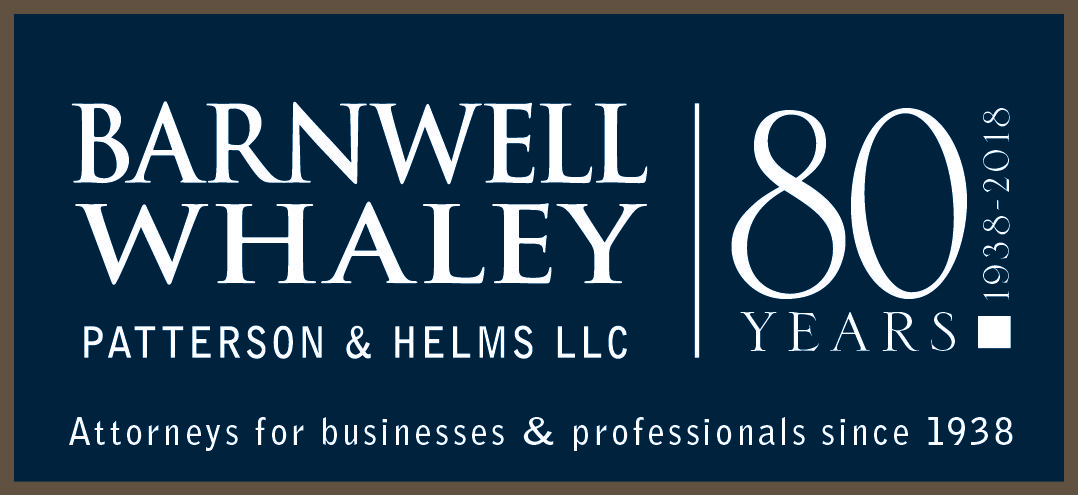
Organik Kimya AS v. Rohm And Haas Co. Nos. 2015-1983, -2001 Fed. Cir. Oct. 11, 2017
Opinion by Circuit Judge Newman with Chief Judge Prost and Circuit Judge Taranto
Organik appeals the decisions of the PTAB in two IPR proceedings. The PTAB sustained the patentability of claims U.S Patent No. 6,020,435 (“the ’435 Patent”) and claims of its division, U.S. Patent No. 6,252,004 (“the ’004 Patent”). The United States Court of Appeals for the Federal Circuit (Federal Circuit) affirmed in an opinion written by Judge Newman.
The ’435 Patent and the ’004 Patent are directed to processes for preparing emulsion polymers having improved opacity. Improved opacity is the result of voids (hollows) produced within the polymer particles. A base swelling agent and excess monomer are introduced into an aqueous emulsion of the polymer, with no substantial polymerization. The base permeates the outer shell of the polymer particle and neutralizes the acid core. The resulting hydrophilic salt in the core promotes diffusion of water, swelling the polymer particle. Evaporation of the water leaves an enlarged hollow core. Suitable swelling agents include fixed or permanent bases such as potassium hydroxide.
Proceedings were instituted on grounds of anticipation and obviousness.
Each challenged claim of the ’435 Patent requires the addition of a swelling agent. The Board construed “swelling agent” as expressing a structural element (i.e., “an aqueous or gaseous, volatile or fixed base, or combinations thereof ”) in functional terms (i.e., “capable of permeating the shell and swelling the core, in the presence of the multistage polymer and monomer, under the conditions of the specific process for which the agent is to be used”).
Organik asserted that the “swelling agent” requires only the addition of any base, without reference to whether the reaction conditions are suitable for swelling. The Court, referencing the specification and the testimony of Rohm and Hass’ expert, agreed with the Board.
Organik next asserted an ambiguity in the specification¹ . Organik posited that the ambiguity required an open-ended definition of “swelling agent” as a matter of law to include bases that do not act by penetrating the shell, are not used under the conditions described in the specification, and have not been shown to achieve swelling.
The Court found the specification “makes clear” that the swelling agent is a base capable of permeating the shell and swelling the core under the reaction conditions described in the specification. The broadest reasonable interpretation “cannot be divorced from the specification and the record evidence,” and “must be consistent with the one that those skilled in the art would reach.”
The Board found that both the Toda and Touda references show the production of voided emulsion polymers, but do not teach the use of a “swelling agent” to produce these polymers. Organik argued that the presence of voided emulsion polymerization and the presence of a base in the references were sufficient to render the claims invalid.
The Board found, and the Federal Circuit agreed, that Toda did not show that the base permeates the shell and neutralizes and swells the core. Organik argued that the potassium hydroxide used by Toda is a swelling agent because it is a base, and voided polymer particles are produced by the methods of both Toda and ’435 Patent. The Court stated that Toda does not describe or show potassium hydroxide as a swelling agent, and the hollow void is produced during the methacrylic acid treatment. Toda shows the presence of a potassium hydroxide base, but not as a swelling agent and not under conditions that swell the core. The Rohm and Hass expert verified this fact by experimentation. Organik produced no contradictory evidence.
Organik argued that it was error for the Board to require Organik to conduct experiments on the issue of inherency. The Court responded that “the issue is not whether experiments by Organik were required, but whether Organik provided sufficient evidence and argument…”
“the issue is not whether experiments by Organik were required, but whether Organik provided sufficient evidence and argument…”
Organik also argued obviousness in view of Touda’s use of a base that is a “swelling agent.” The Rohm and Hass expert replicated Touda and reported that “no observable swelling occurred during the reported ‘swelling stage.’” The Court again noted that while Organik’s expert criticized his counterpart, “Organik did not itself provide evidence of reproducing Example 1.”
With regard to the ‘404 Patent, the PTAB construed “swelling agent” as in the ’435 Patent and reached the same conclusions on substantially the same analysis. Organik challenged the same “swelling agent” interpretation. The Court reviewed the evidence presented by the Rohm and Hass expert with regard to the Toda and Touda references and found no error in the Board’s analysis.
(Your humble reporter notes that while the Court engaged in a review and analysis of the facts and law, it did not cite 35 U.S.C. 282 (a): “A patent shall be presumed valid…… The burden of establishing invalidity of a patent or any claim thereof shall rest on the party asserting such invalidity.” Such invalidity must be established by ‘clear and convincing evidence.’ Microsoft Corp. v i4i L.P., 131 S. Ct. 2238 (2011). Has this statute been forgotten?)
¹ The passage of the specification states:
Suitable swelling agents include, are those which, in the presence of the multistage emulsion polymer and monomer, are capable of permeating the shell and swelling the core. Swelling agents may be aqueous or gaseous, volatile or fixed bases or combinations thereof.
Read more: Federal Bar member attorneys may access the full case summary by Barnwell Whaley attorney Bill Killough in the November 2017 issue of Federal Circuit Case Digest.
Additionally, you may read the full opinion here.
Image: Thinkstock
 B.C. “Bill” Killough is a registered patent attorney with Barnwell Whaley law firm with offices in Charleston, SC and Wilmington, NC. On behalf of his clients, Bill has obtained more than 300 United States patents, participated in prosecuting more than 100 foreign patent applications and he has filed more than 1000 trademark applications with the US Patent and Trademark Offices.
B.C. “Bill” Killough is a registered patent attorney with Barnwell Whaley law firm with offices in Charleston, SC and Wilmington, NC. On behalf of his clients, Bill has obtained more than 300 United States patents, participated in prosecuting more than 100 foreign patent applications and he has filed more than 1000 trademark applications with the US Patent and Trademark Offices.




